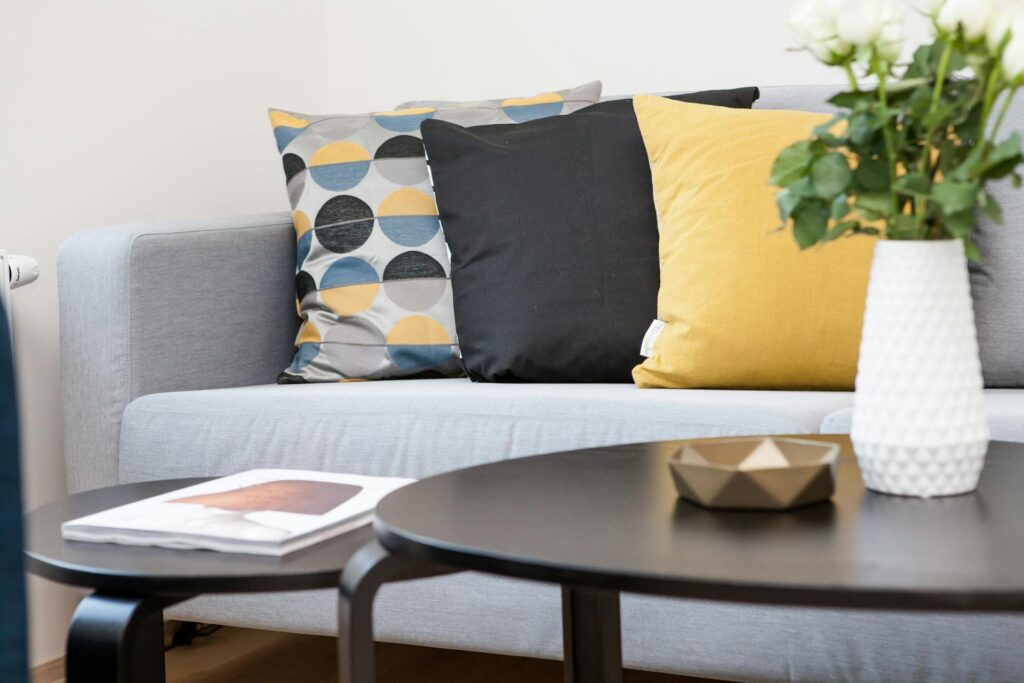Creating your dream home doesn’t have to break the bank. With careful planning, creativity, and smart decision-making, you can design a space that reflects your personality and style without exceeding your budget. In this guide, we’ll explore practical tips and strategies to help you achieve your dream home while staying within your financial constraints.

Set a Realistic Budget
The first step in designing your dream home on a budget is to establish a realistic budget. Take into account your income, savings, and any loans or financing options available to you. Be honest about what you can afford and prioritize your expenses accordingly. Remember to allocate funds not only for construction or renovation costs but also for furnishings, decorations, and unforeseen expenses.
Prioritize Your Needs and Wants
Identify your must-have features and amenities versus nice-to-have luxuries. Focus on the essentials that will enhance your quality of life and add value to your home. Consider factors such as functionality, comfort, and long-term sustainability. By prioritizing your needs over wants, you can allocate your budget more efficiently and avoid overspending on non-essential items.
Research Cost-Effective Materials and Techniques
Explore cost-effective materials and construction techniques that offer good quality without the hefty price tag. For example, opt for durable yet affordable flooring options like laminate or vinyl instead of hardwood or stone. Consider alternative building materials such as recycled or reclaimed materials, which can add character and charm to your home while reducing costs.
Focus on Energy Efficiency
Investing in energy-efficient appliances, fixtures, and insulation can help you save money on utility bills in the long run. Look for appliances with high energy star ratings and consider installing programmable thermostats and LED lighting. Proper insulation and sealing can also improve your home’s energy efficiency and reduce heating and cooling costs.
DIY Where Possible
Take on some do-it-yourself (DIY) projects to save on labor costs. Simple tasks like painting walls, installing shelves, or assembling furniture can be done with basic tools and minimal skills. There are plenty of online tutorials and resources available to guide you through DIY home improvement projects. Just be sure to know your limits and seek professional help for complex or specialized tasks.
Consider Pre-Fabricated or Modular Options
Pre-fabricated or modular homes offer a cost-effective and time-efficient alternative to traditional construction methods. These homes are built off-site in a factory-controlled environment and then assembled on-site, reducing labor and material costs. Explore prefab or modular options for your dream home, ranging from small cabins to larger family residences, and customize them to suit your preferences.
Shop Smart for Furnishings and Decor
Furnishing and decorating your dream home doesn’t have to break the bank. Shop smart by seeking out deals, discounts, and second-hand options. Visit thrift stores, consignment shops, and online marketplaces to find quality furniture and decor at affordable prices. You can also repurpose or upcycle existing items to give them new life and add a personal touch to your home.
Plan for Future Expansion
Design your dream home with future expansion in mind to accommodate changing needs and preferences. Start with the essentials and incorporate flexible layouts and multi-functional spaces that can adapt to your evolving lifestyle. Consider unfinished spaces like basements or attics that can be converted into additional living areas or bedrooms down the road.
Avoid Unnecessary Extras
Be mindful of unnecessary extras and upgrades that can inflate your budget without adding significant value to your home. Evaluate each upgrade carefully and weigh the cost against the potential benefits. Focus on timeless design elements and features that will stand the test of time rather than trendy or gimmicky additions that may quickly become outdated.
Get Creative and Think Outside the Box
Finally, don’t be afraid to get creative and think outside the box when designing your dream home on a budget. Look for innovative solutions, unconventional materials, and unique design ideas that can help you achieve the look and feel you desire without breaking the bank. Embrace your creativity and make your dream home a reflection of your personality, passions, and lifestyle.
In conclusion, designing your dream home on a budget is entirely achievable with careful planning, prioritization, and resourcefulness. By setting a realistic budget, prioritizing your needs, researching cost-effective options, and embracing creativity, you can create a space that not only meets your expectations but also fits comfortably within your financial means. Remember that the true essence of a dream home lies not in its price tag but in the joy, comfort, and memories it brings to you and your loved ones.